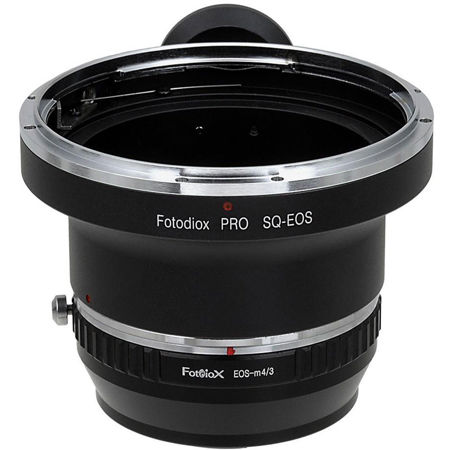

Comparison with other experiments led to the conclusion that this was ConserveArt activity. The cracks soon became larger and formed tilings, with tiny, characteristic Mackie lines. Then, insidiously, cracks appeared in the non-incised areas, while Soluvar effects seemed delayed. The Soluvar effects began to be evident at around 9 minutes along lines of incision (another story), while at that time there was no sign of ConserveArt activity. The illustration is at 40 minutes of history. Some in fact inhibit others, if used on the same piece of photopaper.īy way of launching the discussion, here is an example of W&N ConserveArt varnish (green arrow) having thickened its activity to the point of quenching the normal spread of Liquitex Soluvar (red arrow), when the two varnishes were mixed together. Perhaps the most effective and reliable (as far as my knowledge allows) is mineral spirits-based synthetic varnish, and there are a number of them to choose from, some good, some not so good for various reasons. Hard resists are materials that endure several orders of magnitude longer before leaving the photopaper, sometimes up to an hour. If we have soft resists, we must also have hard resists. They can be seen in the illustrations accompanying Rich's post of June 27, or better yet, in much of the work of the great Belgian artist, Pierre Cordier. In technical terms, what is left behind is a sequence of Mackie lines, or tidal marks of erosive history. Ideally, a resist should not totally resist, but instead should have a little give around its edges, so that as the resist begins ever so slightly to lift off, the paper beneath is quietly and progressively changed - and this may continue for a while - before the big moment when all or most of the resist at last raises itself and sloughs off. The list extends, and among chemigramists it is a matter of some joy to identify new candidates for inclusion. Materials like white glue (polyvinyl acetate emulsion), corn syrup or other food products, tape, chewing gum, and clay are found in this category. What I like to call 'soft resists' are materials whose lifespan on the photopaper is quite limited, counted in seconds to a minute or so. Resistive materials are many and varied, as are the strategies for using them. This is the source of much of the imagery in chemigrams. When the resist is finally removed or erodes by degradation, chemical action can now begin in these areas as well, which because they have 'fallen behind' the others, will have a contrasted appearance. Resists are materials that block or delay the action of chemistry on a region of paper until a later moment, when surrounding areas will have already transformed away from their original state.

To get more complex effects, one usually employs a resist of some sort. In the simplest chemigrams (the word 'simple' is deceptive, since these are often some of the most powerful works), form, body and color are applied in a direct way by merely dipping and dunking the photopaper in fixer or developer. The resist used in both cases is Golden MSA (mineral spirit acrylic) picture varnish, diluted 1:1 in mineral spirits. If we had used a developer like Ethol LPD, which produces cool tones at high concentration (1:1) and warm tones at dilution (1:7), further pushes in corresponding directions could have been expected.

Sodium carbonate, an accelerator, might have been invoked to bring a colder tone to the Ilford, or sodium or potassium hydroxide for that matter, while a restrainer like potassium bromide or even table salt could have brought warmer colors to the Adorama. We could have attempted to modify our results further by fiddling with developer ingredients such as accelerators and restrainers, but that would have meant separating the trips the papers made down the printing pathway - no big deal, but not what we intended. Between these two papers, tonal contrast is immediate and vivid. The paper on the bottom is Adorama FB warmtone, the one on the top Ilford MGIV RC. We started with Dektol at 1:7, although concentrations aren't always important in a chemigramic process as contamination occurs routinely and may even be encouraged, depending on technique. In general you don't want hardener (alum) in your fixer, and you may want to try an alkali fixer with or without an acid stop bath. The two examples above were printed together, in a single run, in Dektol developer, acid stop bath, and acid fixer (ammonium thiosulfate) with hardener, choices that were somewhat random because that's what I had in the darkroom that day. I'm not going to be systematic here, but simply want to illustrate what some of the options are.


 0 kommentar(er)
0 kommentar(er)
